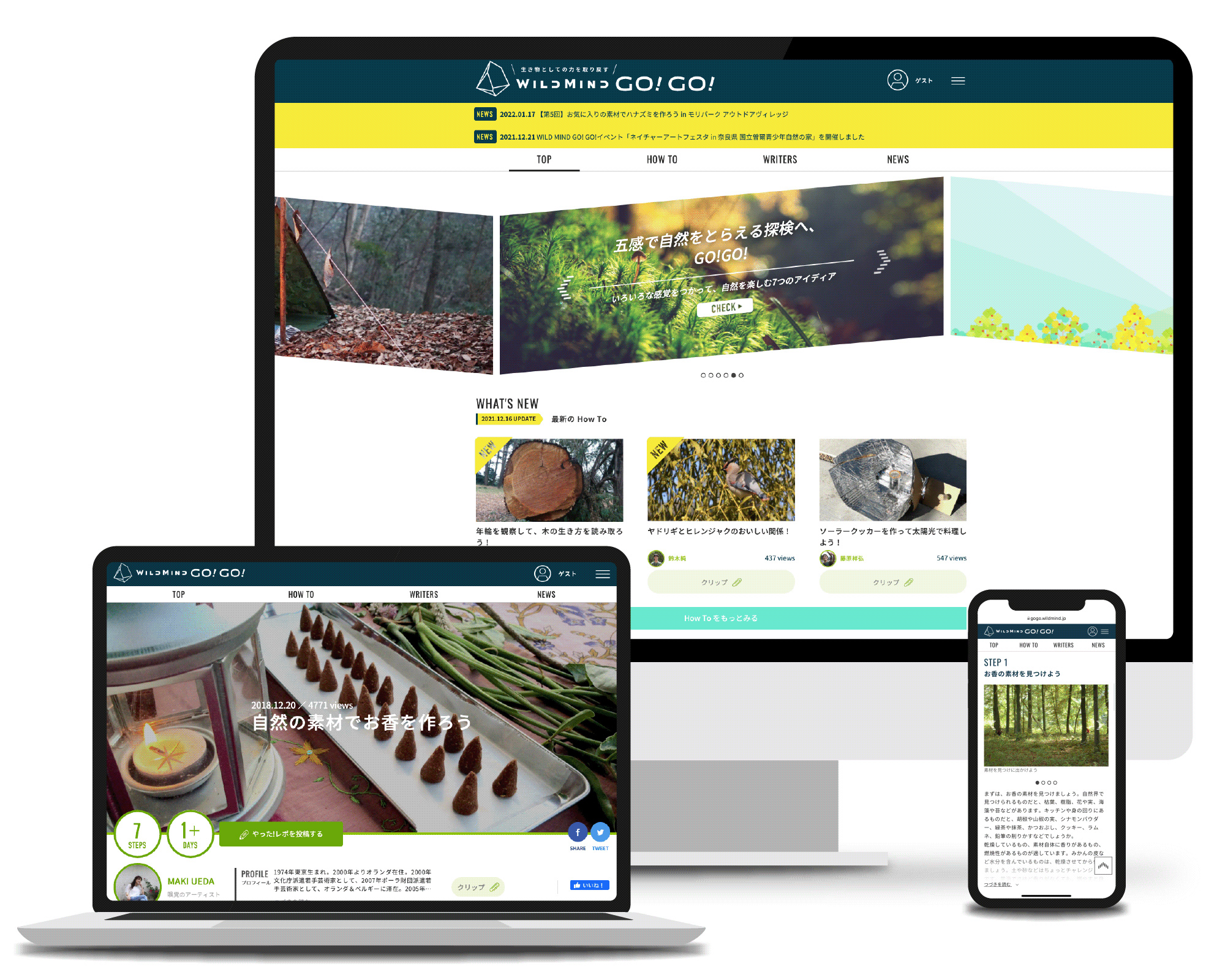Education
Education
“WILD MIND GO! GO!” Website Promotes Nature Experience
The National Biodiversity Strategy and Action Plan 2023 – 2030 formulated by Japan’s Ministry of the Environment points out that the concept of biodiversity is not yet socioeconomically mainstream, and states that this is a fundamental reason for loss of biodiversity. Furthermore, the analysis presented in the national strategy states, “Low awareness of the importance of biodiversity and its relationship to daily life is not conducive to behavior and decision-making that give consideration to living things. To address the insufficient mainstreaming of biodiversity, social values and behavior must be changed and there is a strong requirement to increase interest and understanding by providing education and opportunities to experience nature, first of all.” Casio is in accord with this analysis and is implementing the WILD MIND GO! GO! initiative to provide solutions for the needs of society through its own business activities.
WILD MIND GO! GO! offers people of all ages a creatively curated selection of experiences crafted by over 80 specialists, including outdoor experts, artists, designers, and scientists. Currently, this selection of ideas for over 200 hands-on experiences can be viewed easily by anyone on a computer or smartphone free of charge. People can experience nature in familiar natural terrain, such as parks, woodlands, and dry riverbeds. Participants can also report back on their experiences and share them with others.
People who have participated in these experiences report they have exciting adventures and make a variety of amazing discoveries in a familiar natural environment.
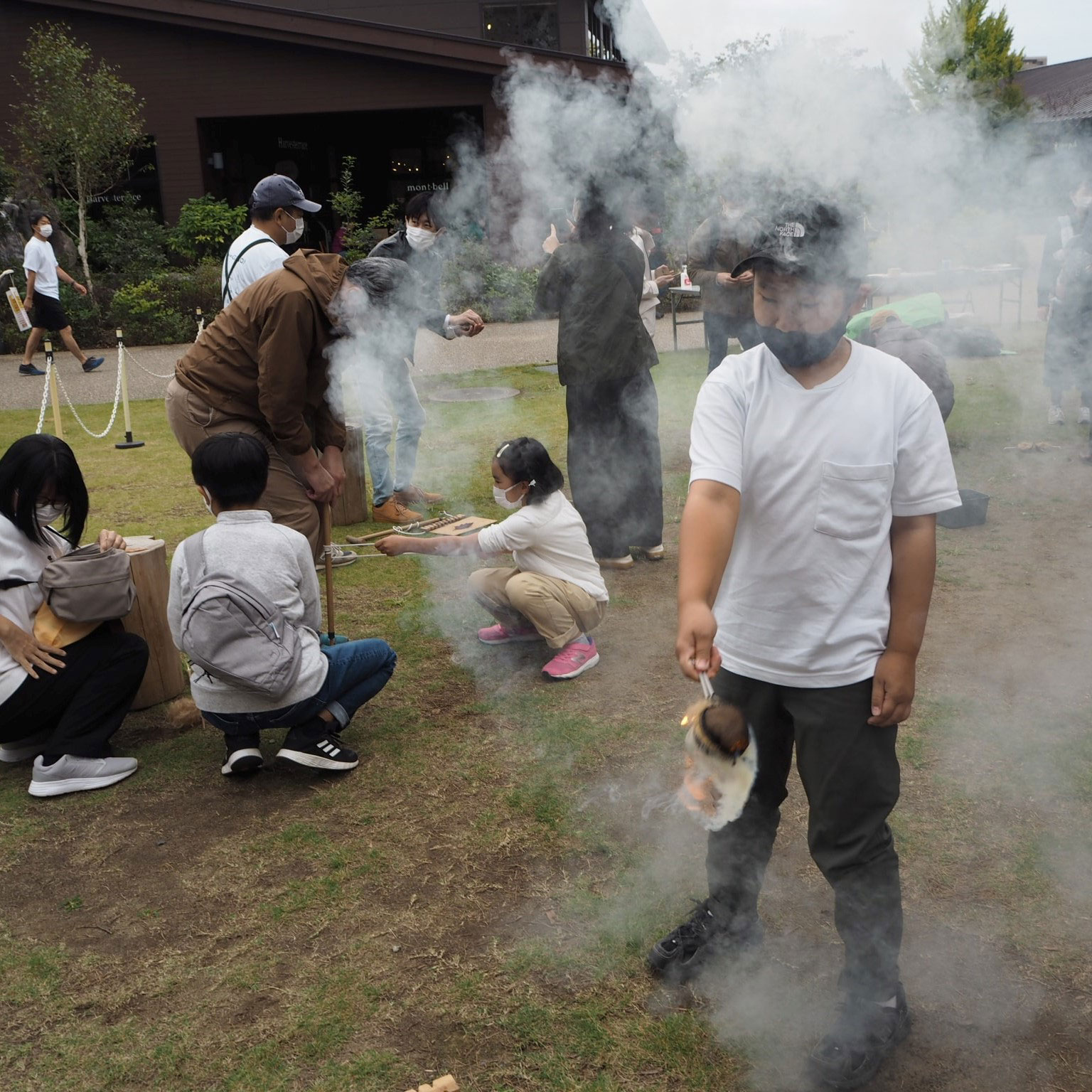
October,2022: Fire lighting
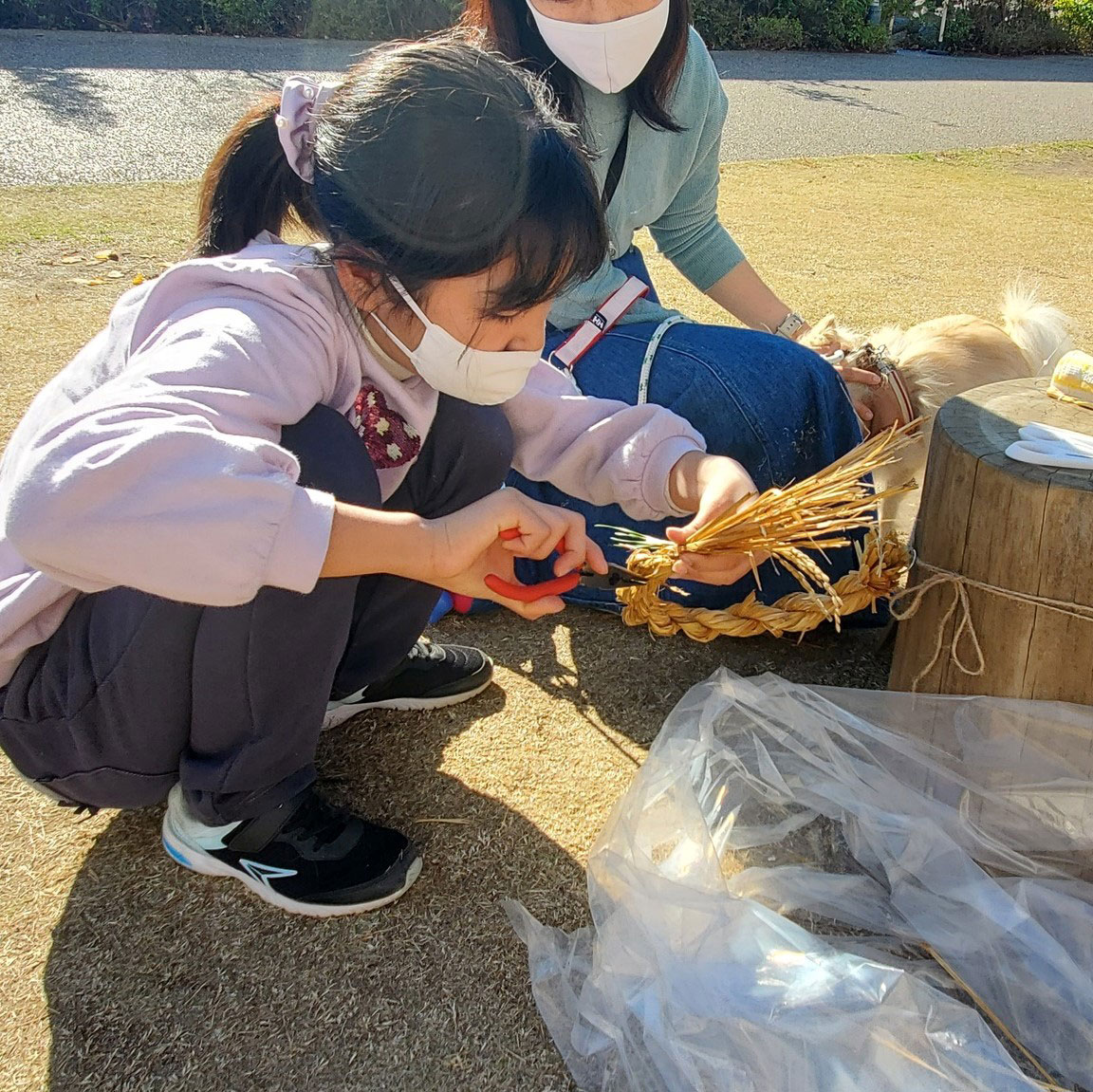
December,2022: Making "Shimekazari" Japanese traditional decorations of New Year
The ambitious goal of WILD MIND GO! GO! is to offer ideas for hands-on experiences that give people a fresh taste of the allure of nature and connect them to their natural environment. This is designed to restore an awareness of the abundant “power as a living being” that is innate to every person. The foundation for learning is the acquisition of knowledge, but compared to learning from movies or written texts, which offer a limited amount of information, hands-on experiences in natural terrain can be said to have unlimited informational content. In a nutshell, “some things you can’t understand unless you try them yourself.”
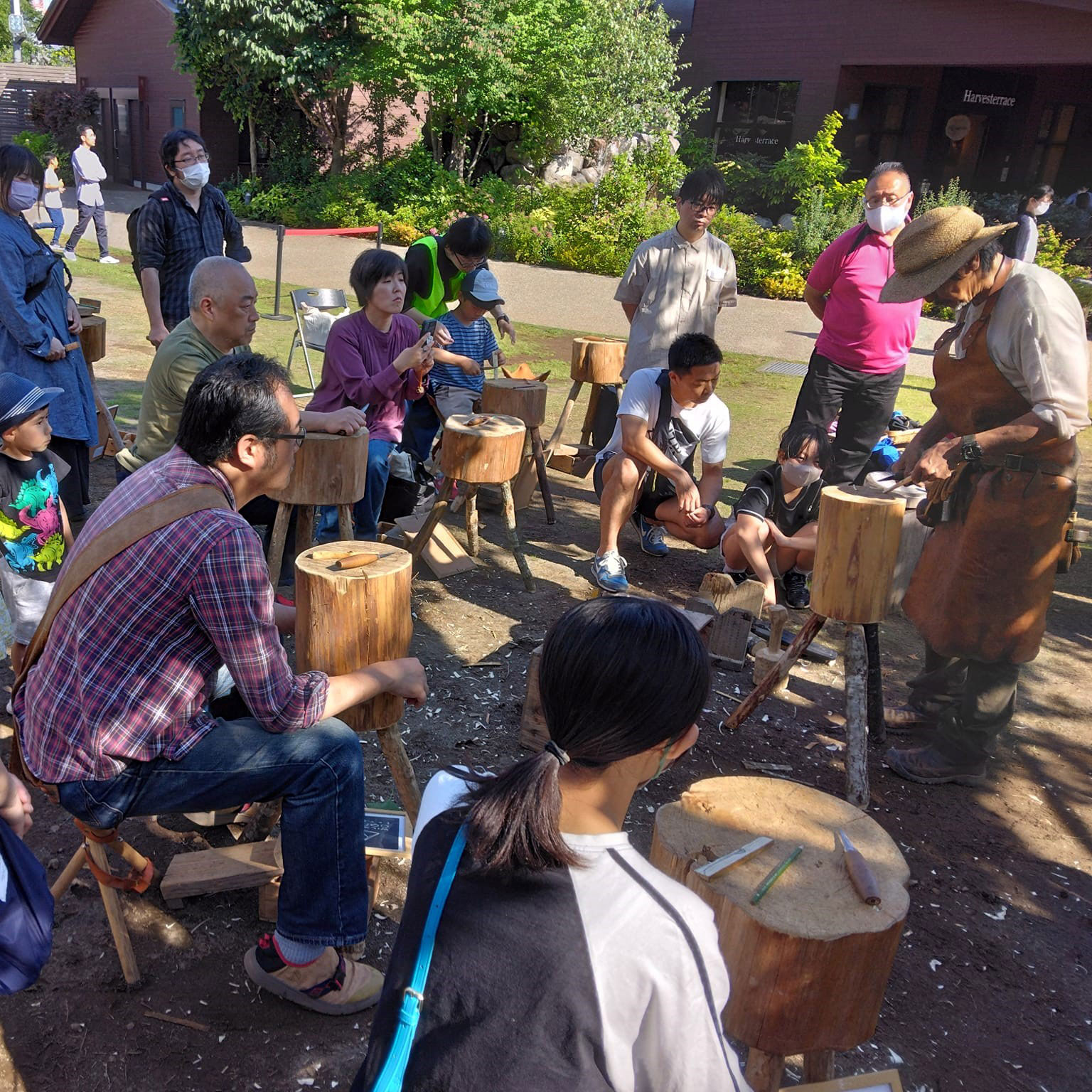
June,2023: Making a butter knife with greenwood working
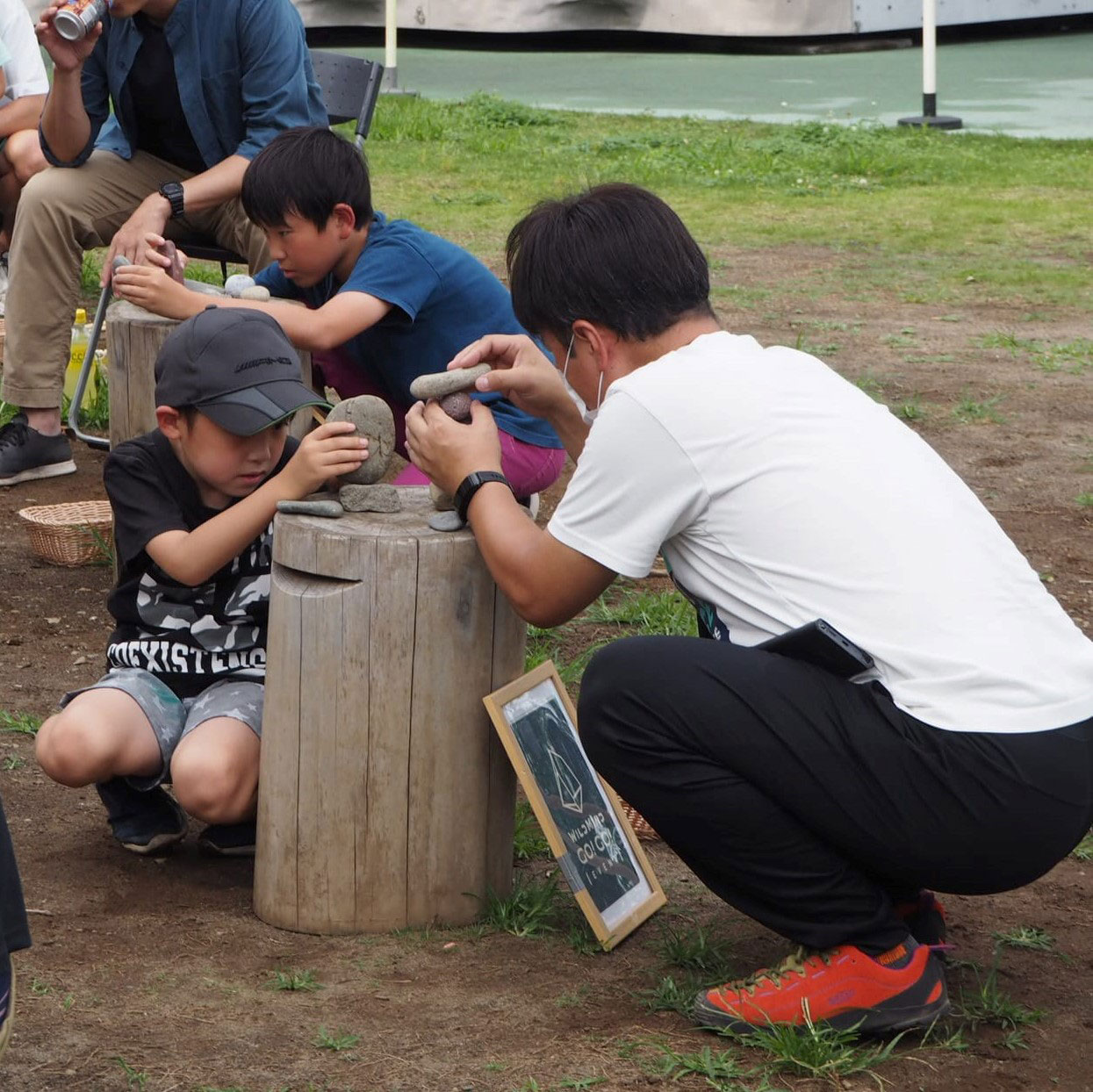
July,2023: Rock balancing
Hands-on experiences add a dimension that goes beyond intellectual understanding, including an emotional impact and even the opportunity to sometimes make mistakes. It is precisely the understanding gained from experience and learning through repeated doing that leave an indelible impression on the body and soul. One example is a feeling of symbiosis with nature. A meaningful relationship is born with a part of nature, by eating it, using it, etc. The nature you felt detached from before becomes nature that personally concerns you.
Casio continues to promote WILD MIND GO! GO! to encourage more and more people to experience and understand the nature all around them firsthand, to recapture their own “power as a living being.” Some parts of the WILD MIND GO! GO! events are monetized to make this activity more sustainable.
CASIO Forest
Casio entered into the “Tokyo Waterworks: Corporate Forest (Naming Rights)” agreement with the Tokyo Metropolitan Government’s Bureau of Waterworks in August 2018 and commenced activities aimed at forest conservation. The activities largely focus on two main aspects. The first is utilization of the forest as a place for educating employees. This involves providing them with opportunities to observe the forest and experience forest work as a valuable learning opportunity, thereby deepening the understanding of employees about how the global environment is an important foundation for the sustainability of human society and forests are a form of natural capital that play a major role in this. The second involves taking ownership of needs in forest conservation based on these on-site experiences, considering what kind of contributions can be made through the business fields Casio specializes in, and translating them into practice.
Signed the Tokyo Waterworks: Corporate Forest (Naming Rights) agreement (in Japanese)
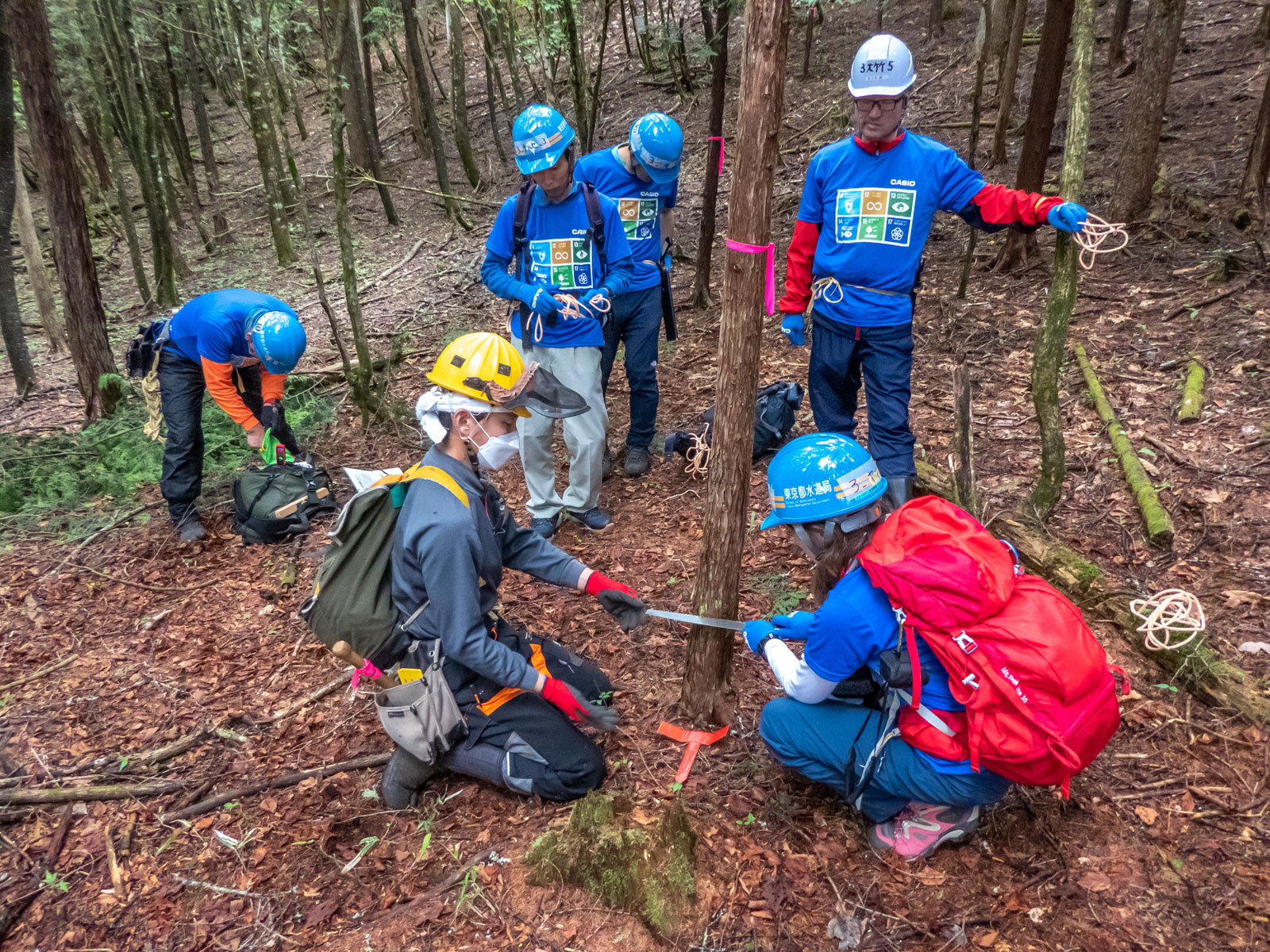
Thinning in May,2023
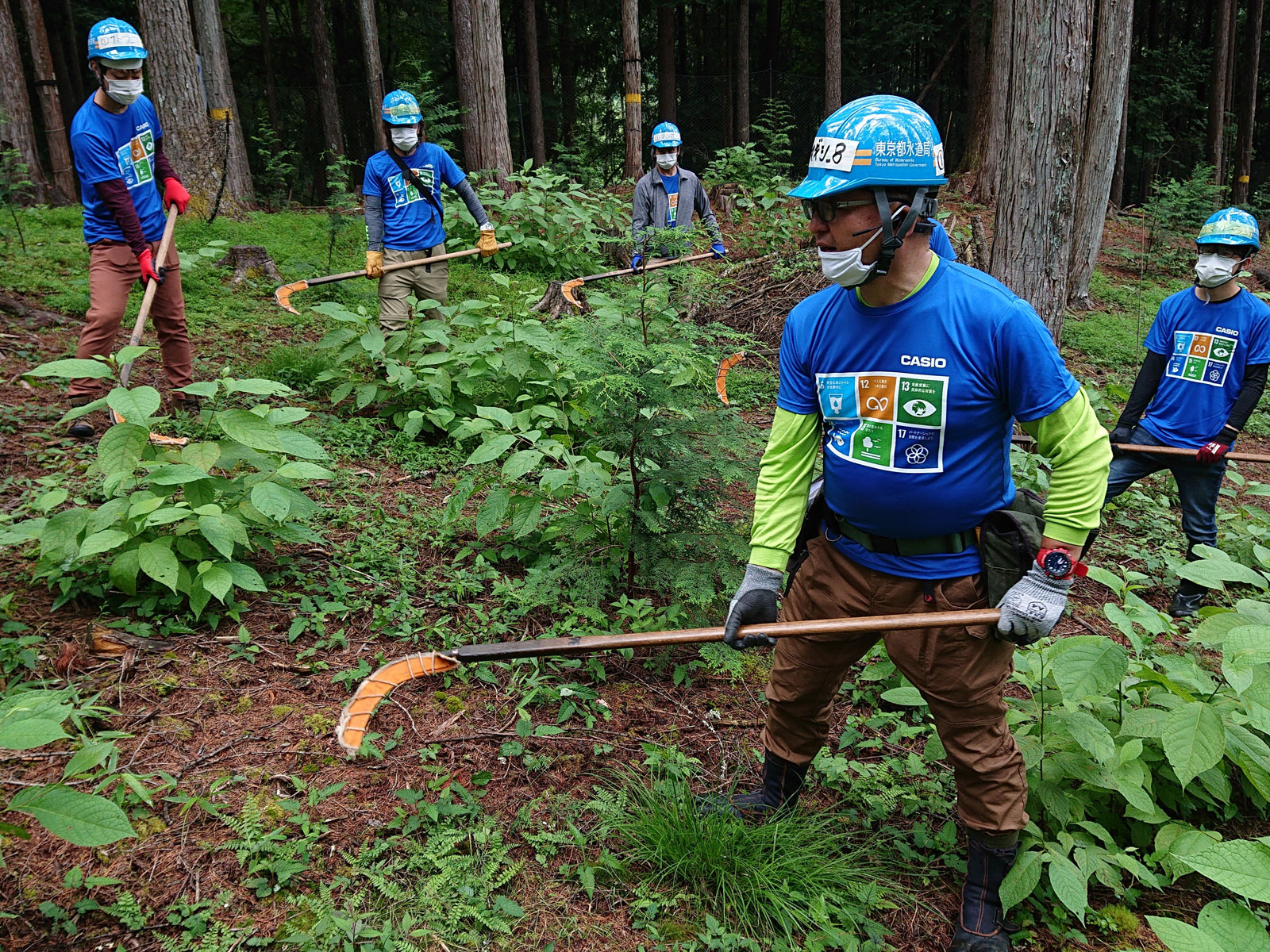
Weeding in August,2023
The Tokyo Metropolitan Government has been managing approximately 25,000 hectares of water source forest in the area straddling the border with Yamanashi Prefecture since the Meiji Era. "CASIO's Forest" comprises 2.46 hectares of the area and our voluntary staff can contribute to the management through on-site work three times a year, but their involvement is confined to a small portion. Nevertheless, the area is expansive enough to allow for various work experiences and provides an effective scope for understanding the challenges surrounding forest conservation.
Activities in "Casio's Forest" are organized by voluntary employees. We aim to attract employees with a slight interest in global environmental issues. While recruitment is challenging due to the lack of mandatory participation as part of their job, there is a merit in activating intellectual curiosity asking what experiences they would like to gain and learn during their precious day off. Focusing on this aspect, making a plan and carrying out the program with employee-centered creativity, our goal is to maximize the impact of education and enlightenment at the individual level and gradually expand the initiative throughout the entire company.
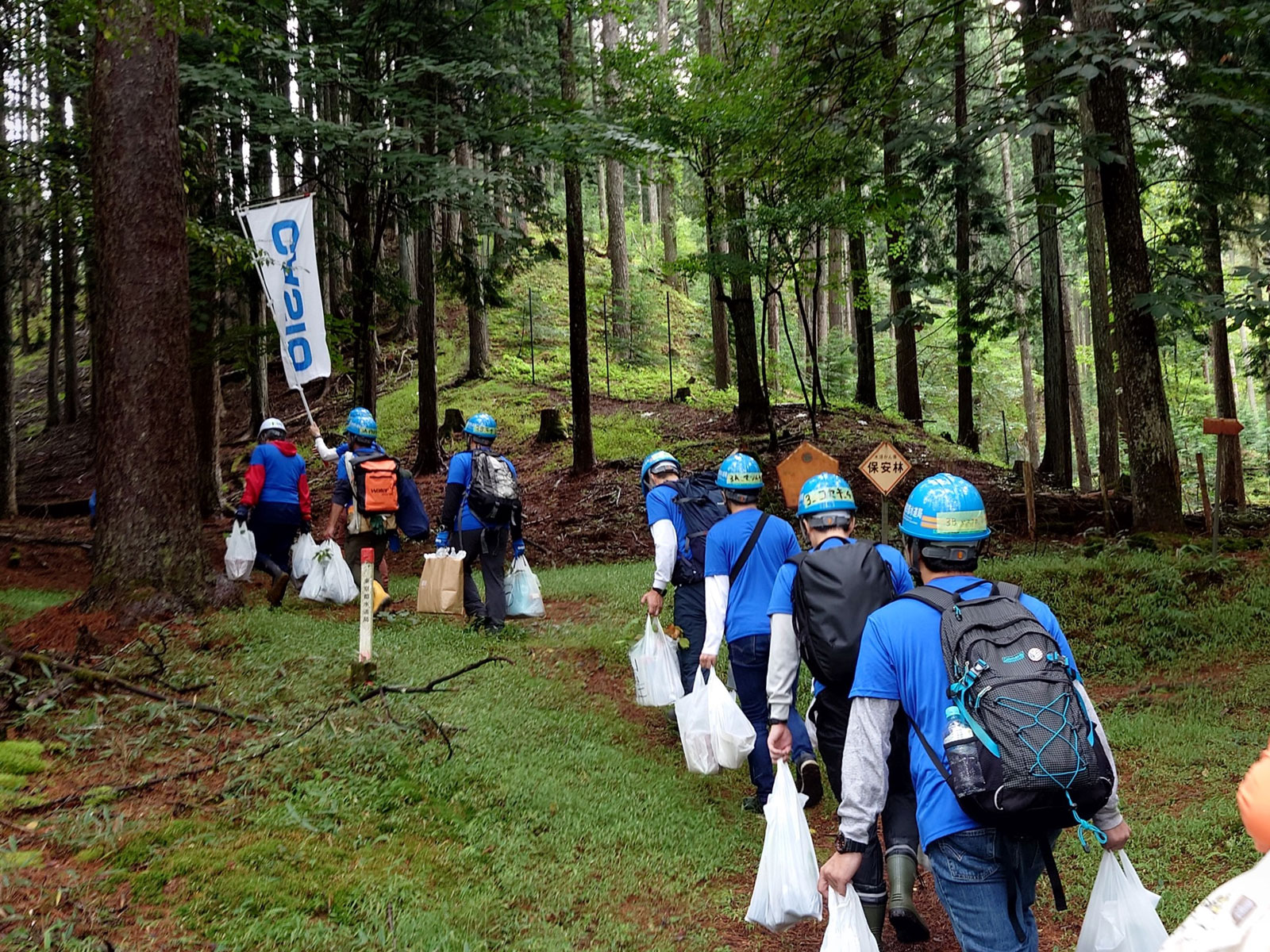
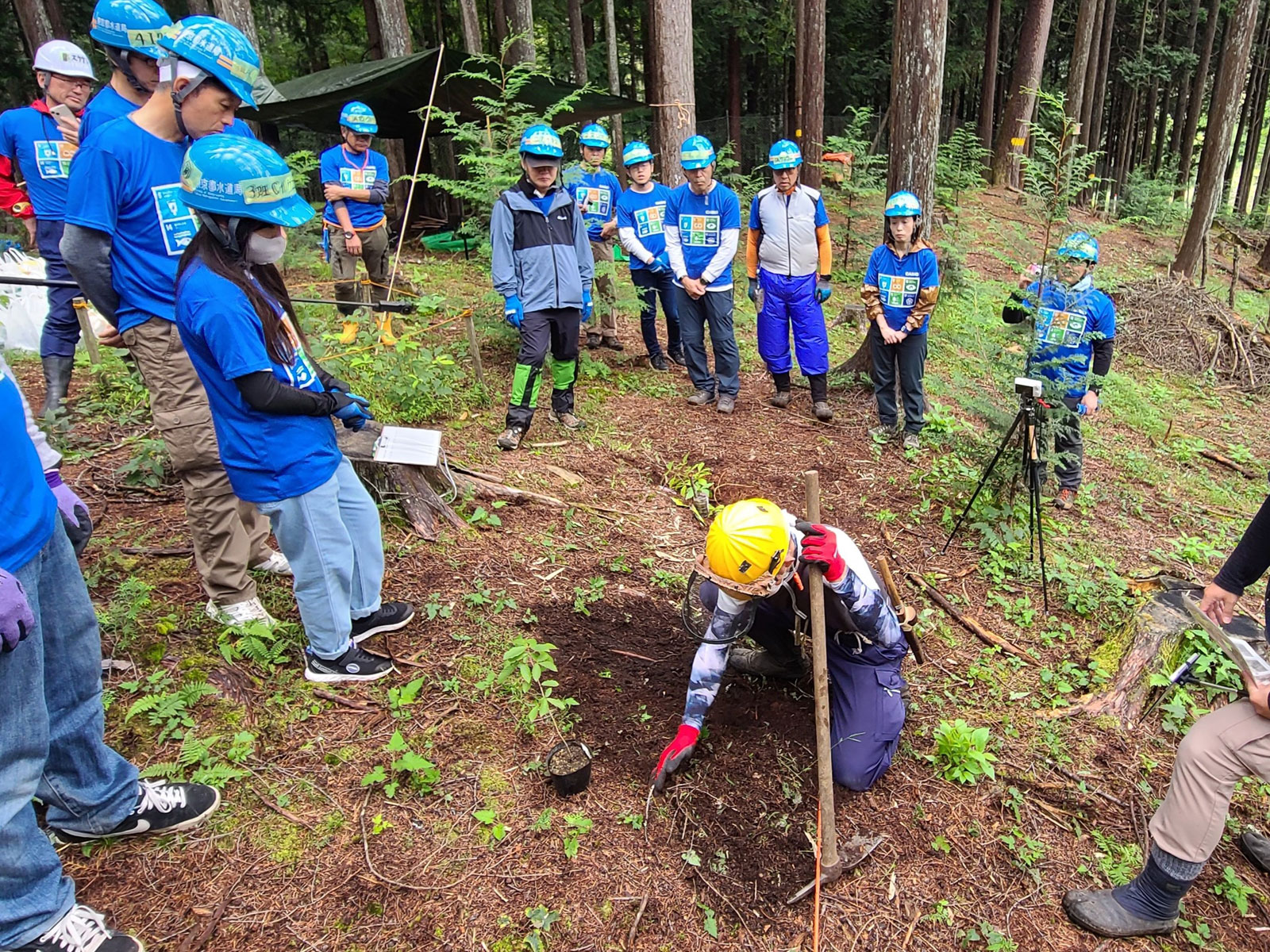
Supplementary planting in September 2023:
Carrying 125 Mongolian oak seedlings raised by employee volunteer “acorn foster parents” to the site for supplementary planting with guidance from experts
Located at an altitude of 1,200 meters, the weather in Casio Forest is subject to change. When it rains on the day of an activity, there is an indoor program that involves making birdhouses for wild birds using forest-certified materials. Tokyo has been installing birdhouses in water source forests since 1962 to encourage breeding of wild birds that prevent damage caused by disease and pests in forests, and could be described as a pioneer of nature-based solutions (NBS). Installation of the birdhouses started in Casio Forest in 2019. However, during the cleaning of the insides of the birdhouses in fall each year, there was evidence that creatures other than small wild birds were using them. Therefore, installation of additional birdhouses in different sizes and shapes began on a trial basis in 2022.
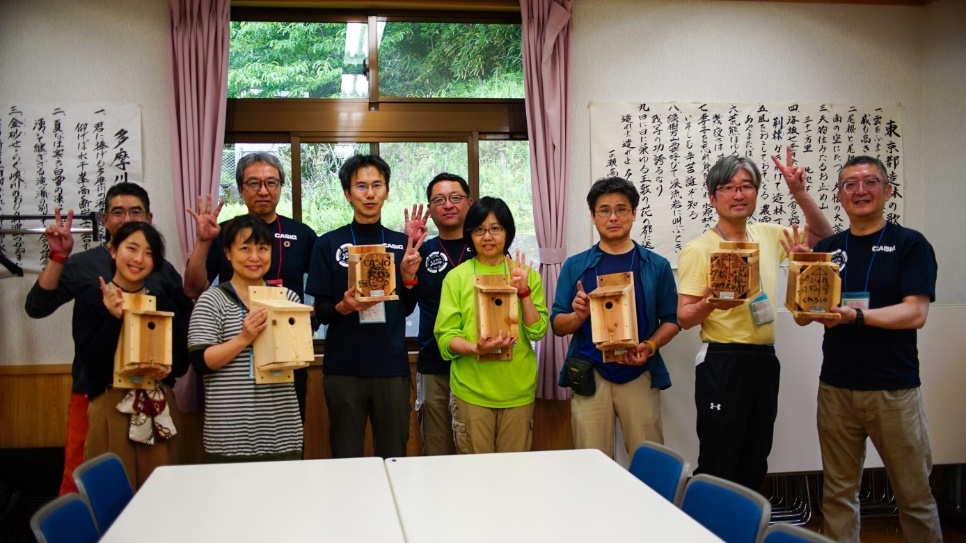
Making Birdhouses in July 2019: Birdhouse-making as a rainy-day program
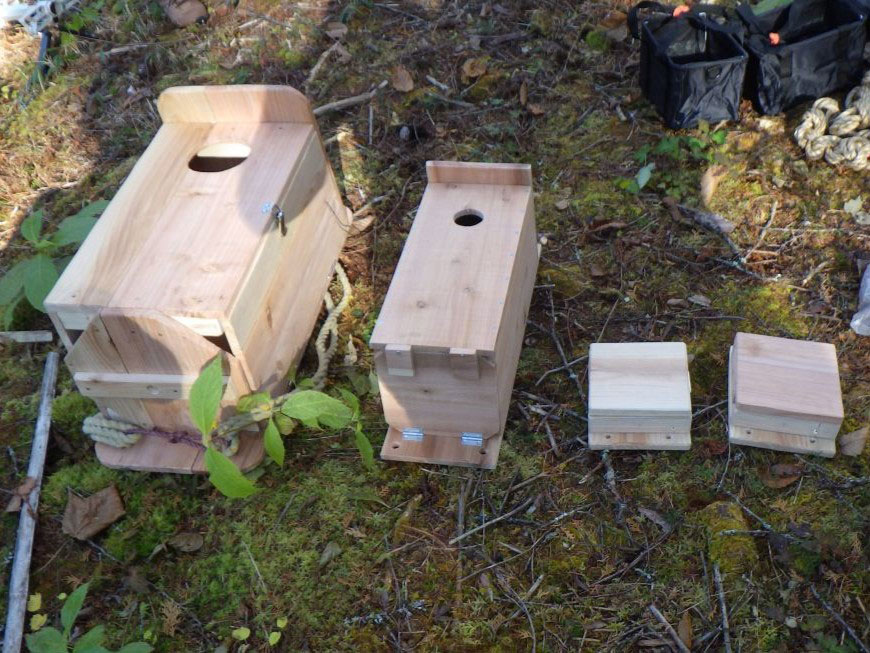
Cleaning and reinstalling birdhouses in November 2022: A variety of additional birdhouses installed
Casio Forest activities had to be scaled down in 2020 and 2021 during the COVID-19 pandemic. However, in 2022, the Tokyo Metropolitan Government’s Bureau of Waterworks held an online lecture called “Business Trip! Corporate Forest” at Casio’s environmental conference, looking to resume full-scale, post-pandemic activities. Also in 2022, the “acorn foster parent initiative” was launched so that employees who cannot take part in work onsite can contribute indirectly. An additional 125 Mongolian oaks raised from acorns collected at the site were planted in September 2023. Furthermore, starting in fiscal 2024, significance as a health and productivity management measure was added to the activities, and pre-work exercises guided by the HR Department were offered for the purposes of health tourism and supporting the acquisition of exercise habits. As a result of these initiatives, the number of employees who participate in activities has gradually increased, and a total of 242 employees had taken part as of the end of September 2023.
Bureau of Waterworks Tokyo Metropolitan Government: “Tokyo Waterworks: Corporate Forest (Naming Rights)” (in Japanese)
FY2019 Activities in the Casio Forest (in Japanese)
May 2019: Tree planting (in Japanese)
July 2019: Birdhouse making (in Japanese)
November 2019: Birdhouse cleaning and installation (in Japanese)
November 2020: Birdhouse cleaning and re-installation (in Japanese)
October 2021: Birdhouse cleaning and re-installation / Collecting Mongolian oak acorns (in Japanese)
August 2022: Weeding and temporary planting of Mongolian oaks (in Japanese)
October 2022: Tokyo Metropolitan Government’s Bureau of Waterworks online lecture “Business Trip! Corporate Forest”
November 2022: Birdhouse cleaning and reinstallation / Commencement of Mongolian oak acorn seeding – foster parent activities (in Japanese)
May 2023: Birdhouse observation/thinning (in Japanese)
September 2023: Supplementary planting of 125 Mongolian oaks (in Japanese)
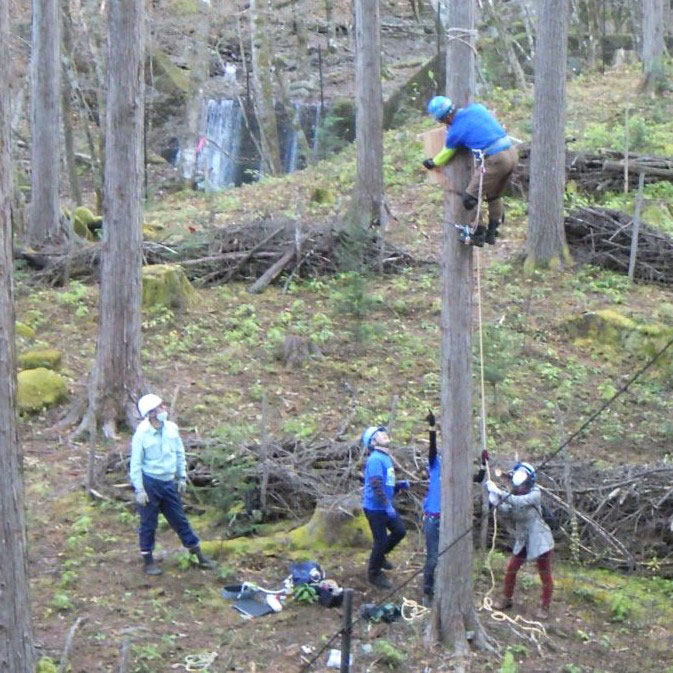
Installing a birdhouse up high using climbing equipment
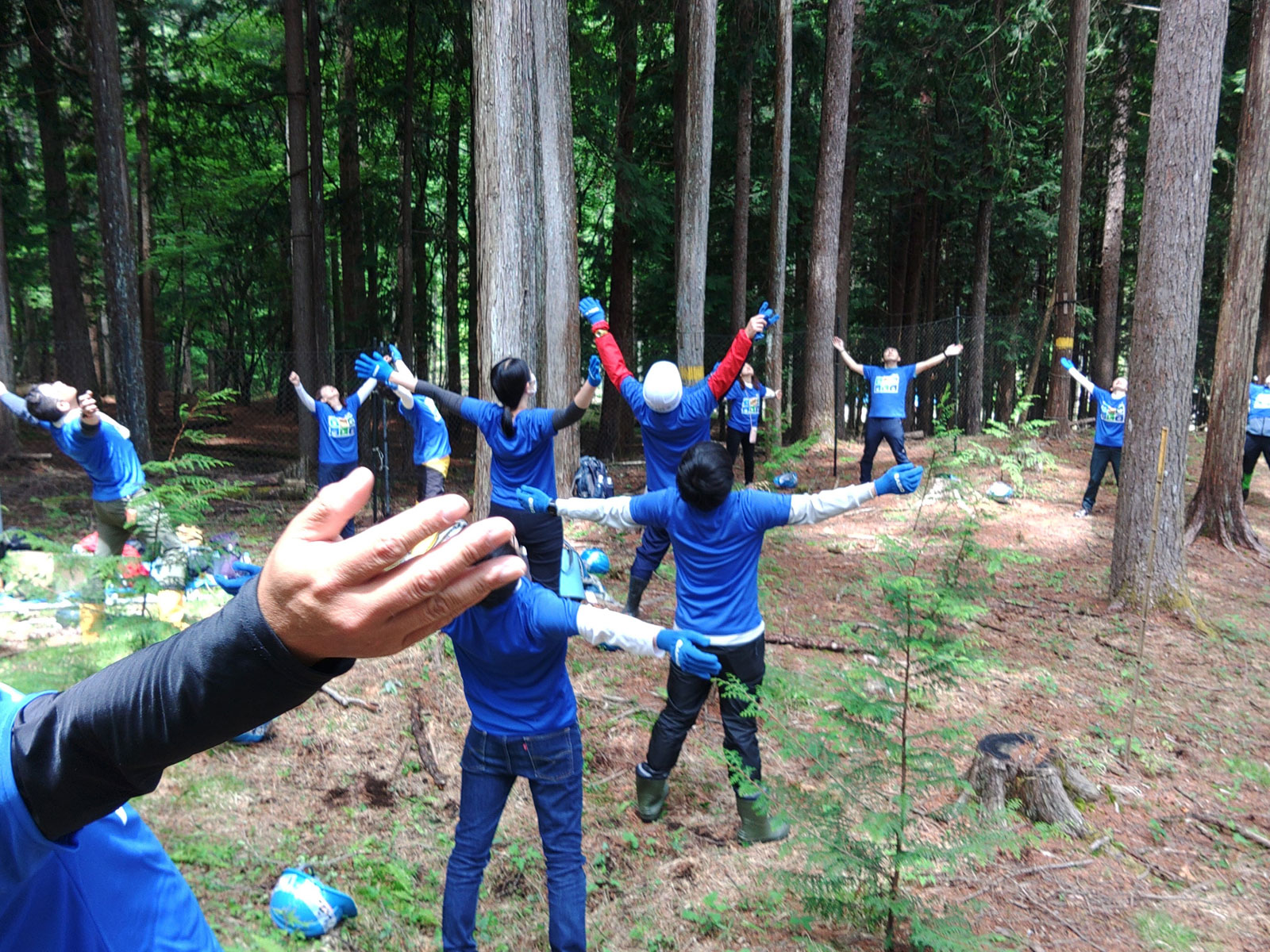
Exercises as a health and productivity management measure

Supplementary planting in September,2023
The second season of the three-year agreement related to Casio Forest will end in fiscal 2024, and the agreement is due for renewal in August 2024. When renewing the agreement, it is important to evaluate the original objectives. In this respect, the functions for educating employees are gradually improving, but the element of learning about climate change countermeasures designed to achieve carbon neutrality is still inadequate. It is important to include education and enlightenment related to CO2 emissions from energy use in daily life and fixing of CO2 through absorption by forests and use of forests as materials. In addition, the ultimate aim is contributing to social issues leveraging the specialized fields of Casio’s own business, and this is still a work in progress. Casio will move forward with creativity and ingenuity, aware that the question of how to address these issues is the challenge for the third season of the agreement.
